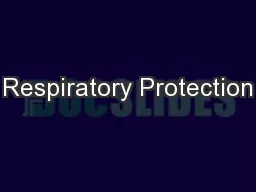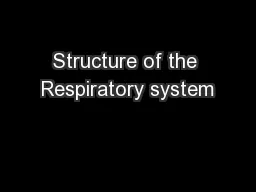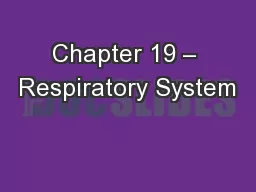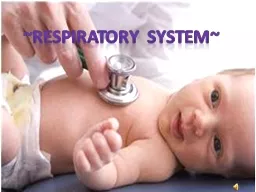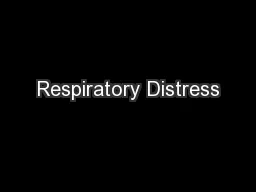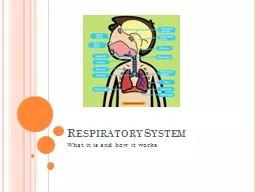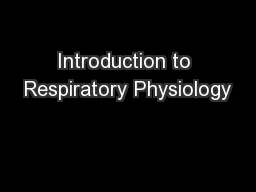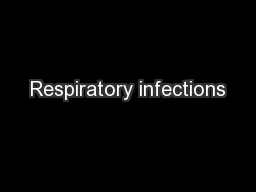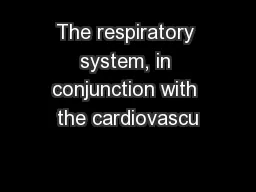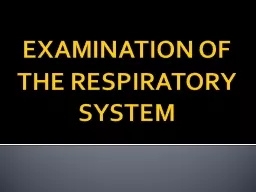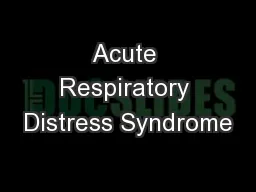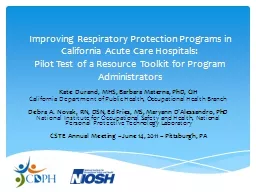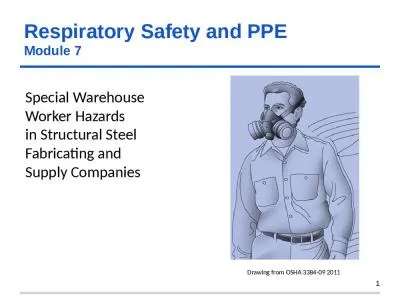PPT-Respiratory Protection
Author : sherrill-nordquist | Published Date : 2018-10-30
29 CFR 1910134 Presented by ETTA 919 8072875 Scope This standard applies to General Industry 29 CFR 1910 Shipyards 29 CFR 1915 Marine Terminals 29 CFR 1917 Longshoring
Presentation Embed Code
Download Presentation
Download Presentation The PPT/PDF document "Respiratory Protection" is the property of its rightful owner. Permission is granted to download and print the materials on this website for personal, non-commercial use only, and to display it on your personal computer provided you do not modify the materials and that you retain all copyright notices contained in the materials. By downloading content from our website, you accept the terms of this agreement.
Respiratory Protection: Transcript
Download Rules Of Document
"Respiratory Protection"The content belongs to its owner. You may download and print it for personal use, without modification, and keep all copyright notices. By downloading, you agree to these terms.
Related Documents

